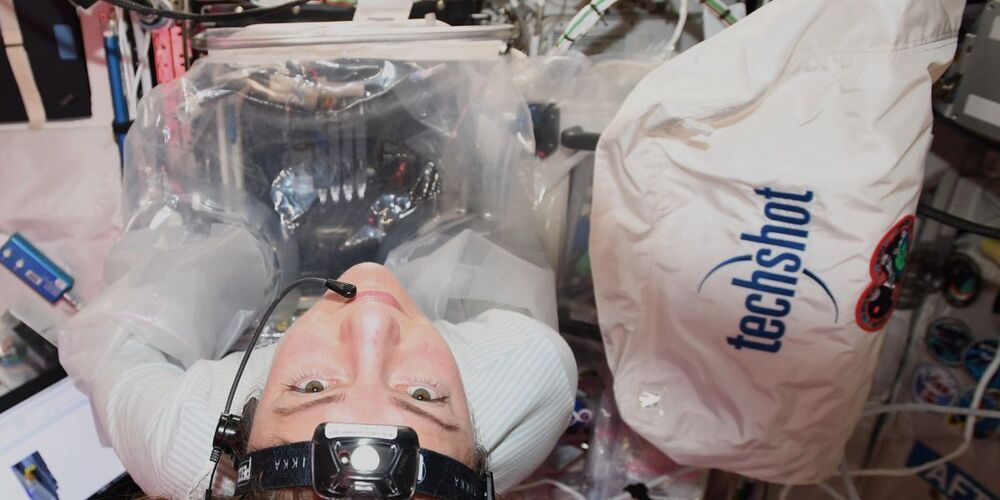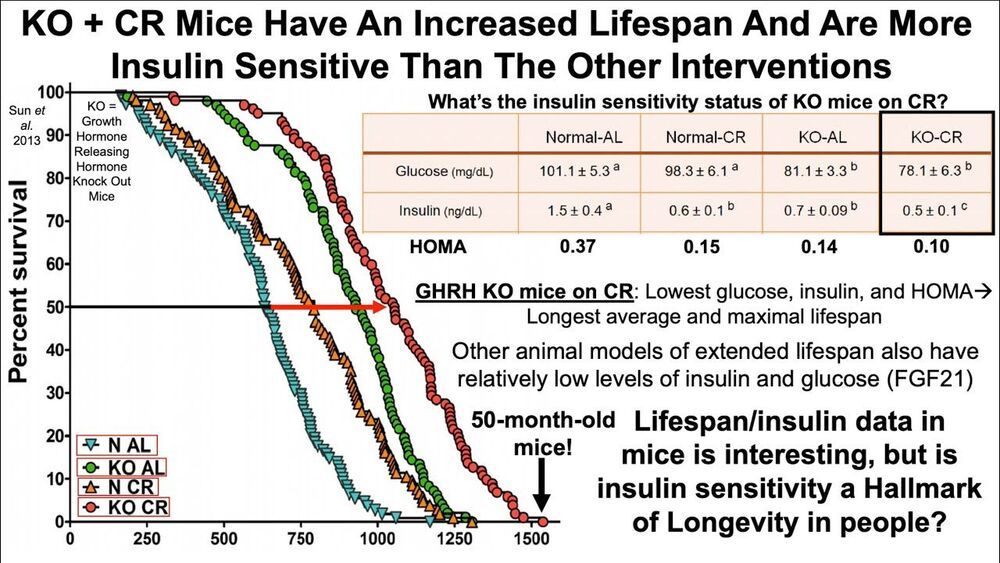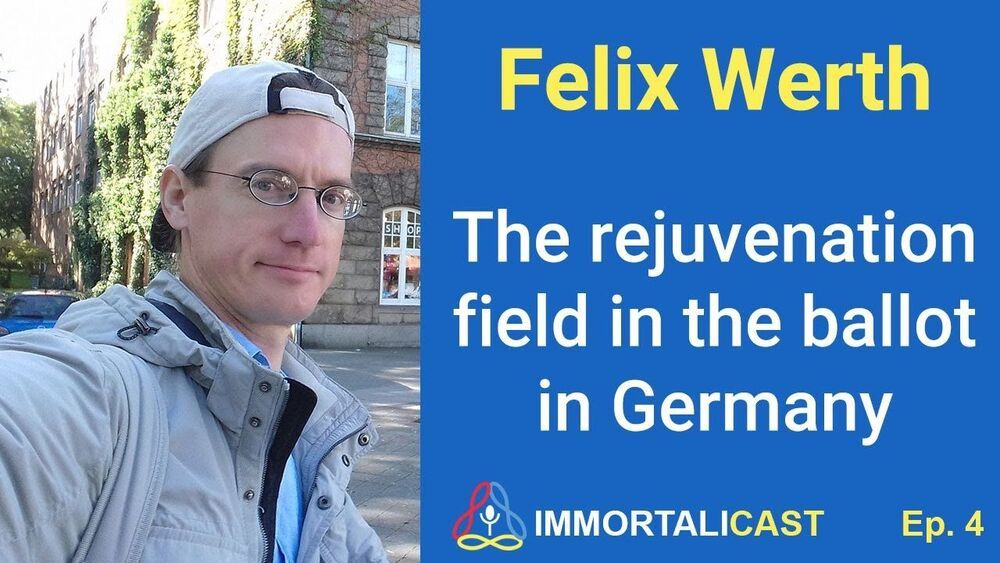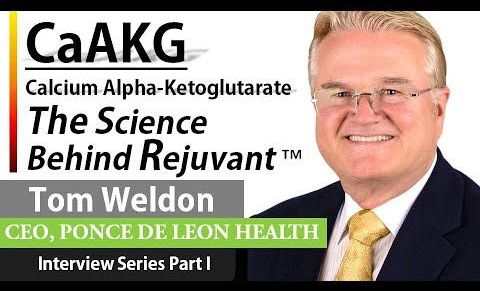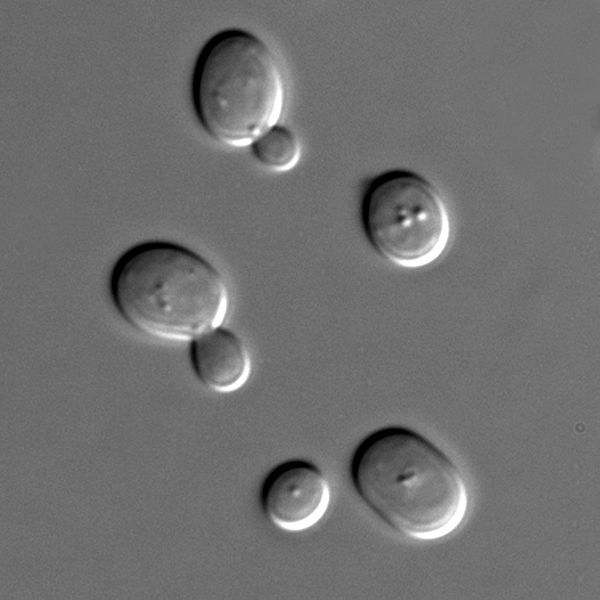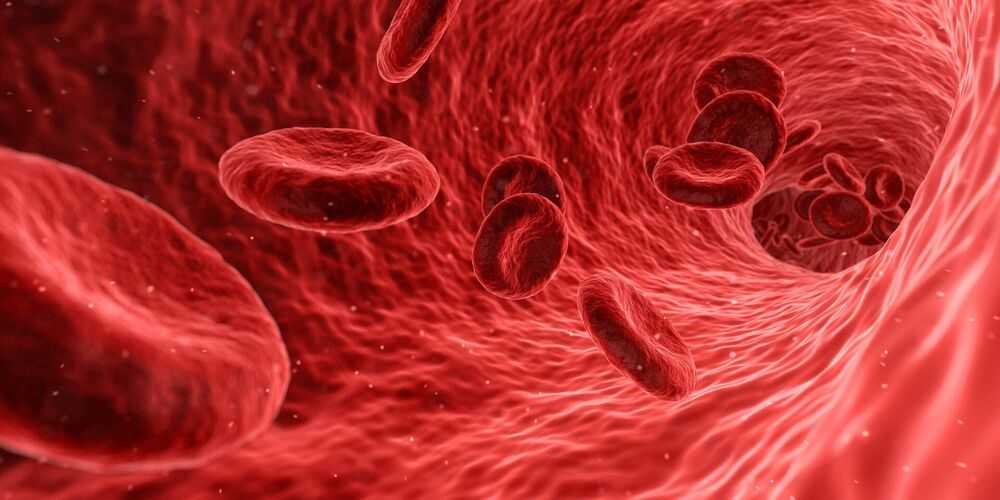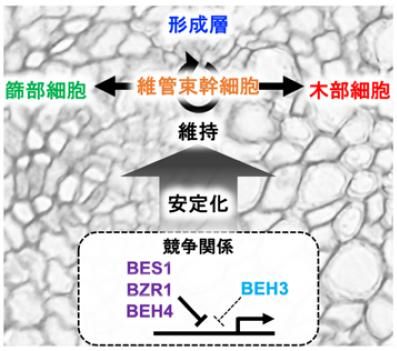In America, at least 17 people a day die waiting for an organ transplant. But instead of waiting for a donor to die, what if we could someday grow our own organs?
Last week, six years after NASA announced its Vascular Tissue Challenge, a competition designed to accelerate research that could someday lead to artificial organs, the agency named two winning teams. The challenge required teams to create thick, vascularized human organ tissue that could survive for 30 days.
The two teams, named Winston and WFIRM, both from the Wake Forest Institute for Regenerative Medicine, used different 3D-printing techniques to create lab-grown liver tissue that would satisfy all of NASA’s requirements and maintain their function.
“We did take two different approaches because when you look at tissues and vascularity, you look at the body doing two main things,” says Anthony Atala, team leader for WFIRM and director of the institute.
The two approaches differ in the way vascularization—how blood vessels form inside the body—is achieved. One used tubular structures and the other spongy tissue structures to help deliver cell nutrients and remove waste. According to Atala, the challenge represented a hallmark for bioengineering because the liver, the largest internal organ in the body, is one of the most complex tissues to replicate due to the high number of functions it performs.
Researchers used 3D-printing to create human liver tissue that could soon be tested on the International Space Station.
